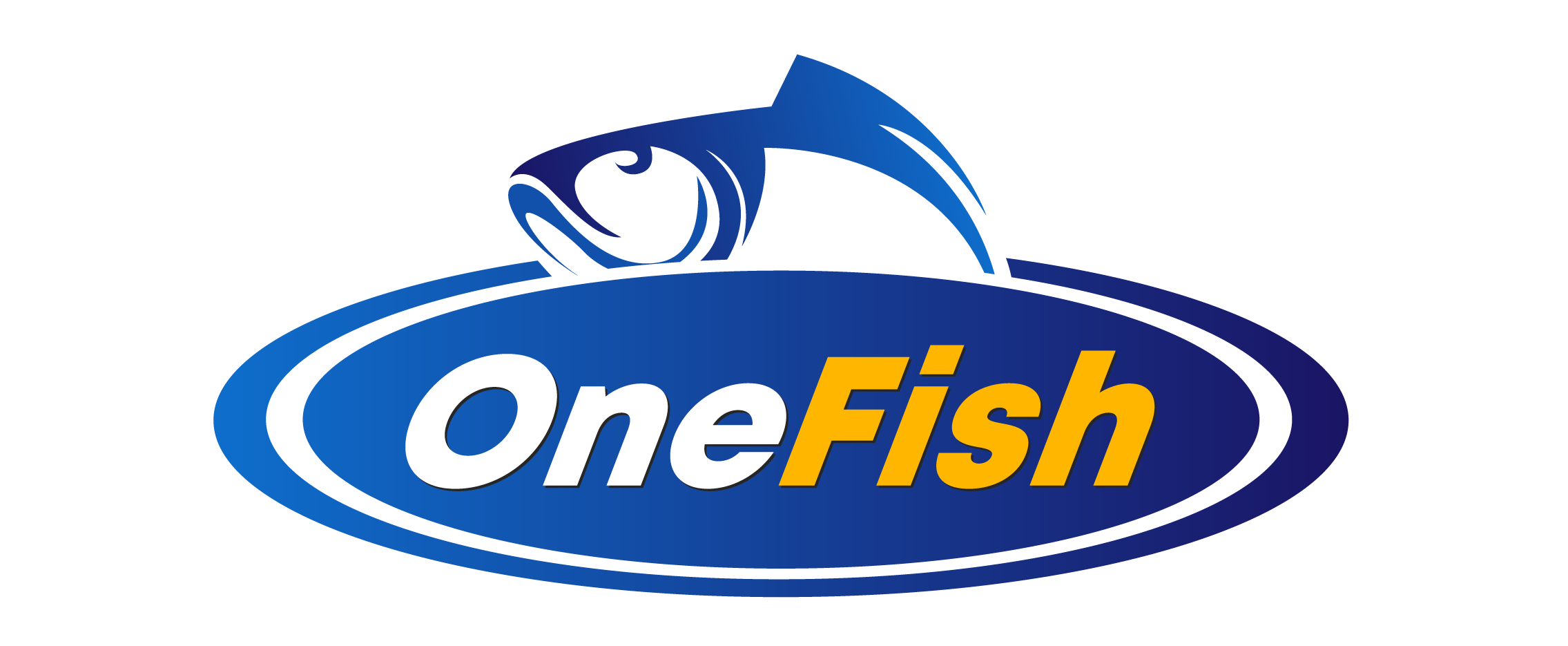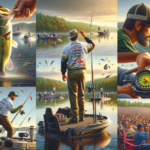Annual Tarpon Tournament in the Florida Keys
Introduction
Imagine the thrill of reeling in a 100-pound tarpon, its silver scales glistening in the Florida sun as it leaps out of the water. This is the kind of excitement that draws anglers from around the world to the Annual Tarpon Tournament in the Florida Keys. This article will delve into the rich history, techniques, and essential information you need to know about this prestigious event. Whether you’re a seasoned angler or a novice looking to experience the thrill of tarpon fishing, this guide will provide you with everything you need to make the most of your trip to the Florida Keys.
Background/Context
Historical or Cultural Significance
The Annual Tarpon Tournament in the Florida Keys has a storied history dating back to the early 20th century. Known as the “Silver King,” the tarpon has long been a prized catch for anglers due to its size, strength, and acrobatic displays. The tournament not only celebrates the sport of fishing but also the rich maritime culture of the Florida Keys, a region steeped in fishing traditions.
Geographical Overview
The Florida Keys, an archipelago stretching over 120 miles off the southern tip of Florida, offers a unique ecosystem perfect for tarpon fishing. The warm, shallow waters and abundant mangroves create an ideal habitat for tarpon, especially during their migration season. The region’s tropical climate ensures year-round fishing opportunities, although the peak season for tarpon is typically from April to June.
Key Points/Details
Fishing Techniques
Technique Overview
Tarpon fishing in the Florida Keys primarily involves three techniques: fly fishing, live bait fishing, and artificial lure fishing. Each method has its own set of challenges and rewards, making it essential to understand when and where to use them.
When and Where to Use
Fly Fishing: Best used in shallow waters and during calm weather conditions. Popular spots include the flats around Islamorada and Marathon.
Live Bait Fishing: Effective in deeper channels and during tidal changes. Key locations include Bahia Honda Bridge and Seven Mile Bridge.
Artificial Lure Fishing: Versatile and can be used in various conditions. Ideal for areas with strong currents and around structures like bridges and piers.
Recommended Gear
- Fly Fishing: 10-12 weight fly rods, large arbor reels, and saltwater fly lines.
- Live Bait Fishing: Medium-heavy spinning rods, 20-30 lb test lines, and live bait such as mullet or crabs.
- Artificial Lure Fishing: Medium-heavy casting rods, 30-50 lb braided lines, and lures like soft plastics or topwater plugs.
Species Information
Species Overview
The tarpon (Megalops atlanticus) is a large, powerful fish known for its acrobatic leaps and strong runs. They are typically found in warm, shallow waters and are most active during their migration season from April to June. Tarpon can grow up to 8 feet in length and weigh over 200 pounds, making them a challenging and rewarding catch.
Best Practices
- Patience: Tarpon are known for their cautious nature, so patience is key.
- Proper Hook Setting: Ensure a solid hook set by waiting a few seconds after the initial bite before setting the hook.
- Fight Technique: Use a combination of rod angles and pressure to tire the fish without breaking the line.
Location Information
Top Fishing Spots
- Islamorada: Known as the “Sportfishing Capital of the World,” it offers excellent flats and backcountry fishing.
- Marathon: Offers a mix of shallow flats and deeper channels, ideal for various fishing techniques.
- Bahia Honda Bridge: A hotspot for tarpon during their migration season.
- Seven Mile Bridge: Known for its strong currents and large tarpon population.
Regulations and Licenses
Anglers must have a valid Florida fishing license, which can be obtained online or at local tackle shops. Additionally, there are specific regulations for tarpon fishing, including a catch-and-release policy and the use of circle hooks to minimize harm to the fish. Always check the latest regulations before heading out.
Seasonal Considerations
Seasonal Variations
While tarpon can be found year-round in the Florida Keys, the peak season is from April to June. During this time, large schools of tarpon migrate through the area, providing ample opportunities for anglers. Outside of this period, tarpon are still present but may be less concentrated and more challenging to locate.
Best Times to Fish
The best times to fish for tarpon are during the early morning and late afternoon when the fish are most active. Tidal changes also play a significant role, with the incoming and outgoing tides often triggering feeding behavior.
Events and Tournaments
Event Overview
The Annual Tarpon Tournament in the Florida Keys typically takes place in May, coinciding with the peak tarpon season. The event attracts anglers from around the world and features various categories, including fly fishing, live bait, and artificial lure divisions. Prizes are awarded for the largest tarpon caught, as well as for the most releases.
Preparation Tips
- Practice: Spend time practicing your casting and hook-setting techniques before the tournament.
- Gear Check: Ensure all your gear is in top condition, including rods, reels, lines, and hooks.
- Local Knowledge: Familiarize yourself with the local fishing spots and conditions by talking to local guides or participating in pre-tournament scouting trips.
Tips and Best Practices
General Tips
- Stay Stealthy: Tarpon are easily spooked, so approach fishing spots quietly and avoid making sudden movements.
- Use Quality Gear: Invest in high-quality rods, reels, and lines to handle the strength and size of tarpon.
- Stay Hydrated: The Florida Keys can be hot and humid, so drink plenty of water and use sun protection.
Avoid Common Mistakes
- Overcasting: Avoid casting too far, as tarpon are often closer to the boat than you think.
- Improper Hook Setting: Wait a few seconds after the bite before setting the hook to ensure a solid connection.
- Ignoring Tides: Pay attention to tidal changes, as they significantly impact tarpon behavior.
Advanced Techniques
- Double Haul Casting: Master this fly fishing technique to achieve longer and more accurate casts.
- Drift Fishing: Use the current to your advantage by drifting live bait or lures through tarpon hotspots.
- Chumming: Attract tarpon by chumming the water with small pieces of baitfish or shrimp.
Gear and Equipment Recommendations
Essential Gear
- Rods: 10-12 weight fly rods or medium-heavy spinning/casting rods.
- Reels: Large arbor fly reels or high-capacity spinning/casting reels with strong drag systems.
- Lines: Saltwater fly lines or 20-50 lb test braided lines.
- Hooks: Circle hooks for live bait and strong, sharp hooks for artificial lures.
Optional Gear/Upgrades
- Polarized Sunglasses: Enhance your ability to spot tarpon in the water.
- Fishing Gloves: Protect your hands during long fights with tarpon.
- GPS/Fish Finder: Locate tarpon hotspots more efficiently.
Where to Buy or Rent
Local tackle shops in the Florida Keys offer a wide range of fishing gear for purchase or rent. Popular shops include Bud N’ Mary’s Marina in Islamorada and The Tackle Box in Marathon. Online retailers like Bass Pro Shops and Cabela’s also provide a variety of tarpon fishing gear.
Safety and Conservation
Safety Tips
- Weather Awareness: Monitor weather conditions and avoid fishing during storms or high winds.
- Wildlife Hazards: Be aware of local wildlife, including alligators and jellyfish, and take necessary precautions.
- Boating Safety: Ensure your boat is equipped with safety gear, including life jackets, flares, and a first aid kit.
Conservation Practices
- Catch and Release: Practice catch and release to help preserve tarpon populations.
- Respect Wildlife: Avoid disturbing local wildlife and habitats while fishing.
- Follow Regulations: Adhere to local fishing regulations and guidelines to ensure sustainable fishing practices.
Planning Your Trip
Accommodations
The Florida Keys offer a range of accommodations, from luxury resorts to budget-friendly motels. Popular options include Cheeca Lodge & Spa in Islamorada, Hawks Cay Resort in Duck Key, and Tranquility Bay Beach House Resort in Marathon.
Travel Tips
- Getting There: The Florida Keys are accessible by car via the Overseas Highway (US-1). The nearest major airport is Miami International Airport, with rental cars available for the drive to the Keys.
- Best Routes: The Overseas Highway offers scenic views and multiple access points to various fishing spots.
- Transportation: Consider renting a boat or booking a guided fishing charter for the best access to tarpon hotspots.
Additional Activities
In addition to fishing, the Florida Keys offer a variety of activities for non-fishing time, including snorkeling, scuba diving, kayaking, and exploring local attractions like the Ernest Hemingway Home and Museum in Key West.
Frequently Asked Questions (FAQs)
What is the best time of year to fish for tarpon in the Florida Keys?
The peak season for tarpon fishing in the Florida Keys is from April to June, although tarpon can be found year-round.
Do I need a fishing license to participate in the Annual Tarpon Tournament?
Yes, a valid Florida fishing license is required to participate in the tournament. Licenses can be obtained online or at local tackle shops.
What type of gear is best for tarpon fishing?
Recommended gear includes 10-12 weight fly rods, medium-heavy spinning/casting rods, large arbor fly reels, high-capacity spinning/casting reels, and 20-50 lb test lines.
Are there any specific regulations for tarpon fishing in the Florida Keys?
Yes, there are specific regulations, including a catch-and-release policy and the use of circle hooks. Always check the latest regulations before fishing.
Conclusion
The Annual Tarpon Tournament in the Florida Keys offers an unparalleled fishing experience, combining the thrill of catching one of the most sought-after game fish with the beauty and charm of the Florida Keys. By understanding the history, techniques, and essential information provided in this guide, you’ll be well-prepared to make the most of your tarpon fishing adventure. Whether you’re aiming to win the tournament or simply enjoy the sport, the Florida Keys provide the perfect backdrop for an unforgettable fishing experience.
So pack your gear, plan your trip, and get ready to experience the excitement of tarpon fishing in one of the world’s premier fishing destinations.


